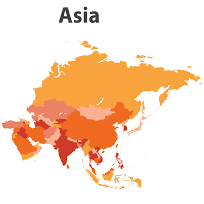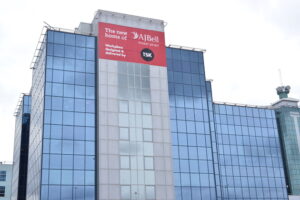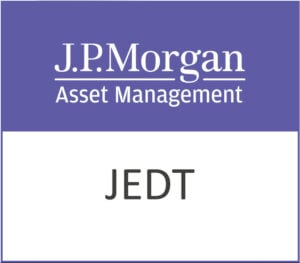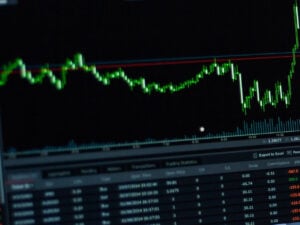A new atmosphere has settled over Asian markets, tentative, yet charged. This is not just relief from the Middle East but a subtle recalibration of investor expectations, where geopolitics and monetary policy meet in unexpected ways.
Asian bourses edged higher on June 25, buoyed by the early signs of an Israel‑Iran truce that has muted fears of an oil‑driven inflation shock. While gains were modest, a 0.3% uptick in Japan’s Nikkei, a 0.8% lift in Hong Kong’s Hang Seng and similar moves across Taiwan, Shanghai and Australia, collectively they signal a market choosing to look past conflict rather than fearing escalation.
Oil pared much of its steep two‑day losses, Brent crude bounced back slightly from a plunge of over 6%, trading in the mid‑$60s per barrel. That stabilisation is vital: easing energy prices relieve inflationary pressure and reinforce market expectations that central banks, notably the US Federal Reserve, may soon pivot to rate cuts. Treasury yields slid and the dollar lagged against major currencies as investors priced in a friendlier monetary backdrop.
Fed Chair Powell’s recent testimony has been measured, noting that trade and tariff dynamics could influence inflation in coming months while emphasising a data‑driven approach. These comments tempered hawkish speculation, reinforcing a nearly 20% market‑implied chance of a Fed rate cut by July and solid bets on two cuts by year‑end.
Market players now appear to be threading the needle: they acknowledge the ceasefire’s fragility, yet the immediate risk of a broader oil‑shock has receded. That mindset allows capital to migrate back into equities, where tech and broader risk assets led the rebound, even as underlying caution stays in place.
For long‑term investors, this moment offers context. The linkage between geopolitical calm, oil price relief and central bank pivoting creates a rare alignment. It amplifies latent upside in Asian growth plays, particularly in export‑oriented cyclicals and domestically oriented sectors poised to benefit from looser financial conditions.
However, the ceasefire remains brittle, markets know only too well that shifts in the Strait of Hormuz could reverse this dynamic overnight. The recent market backdrop, a nearly 2% rally in the MSCI Asia‑Pacific index following a global record in the US, reflects this fine balance. Investors must stay agile, tracking developments on both the geopolitical front and in US data, especially inflation and confidence metrics.
Looking forward, markets will likely shift focus back to central bank communications and upcoming indicators. A sustained drop in oil, continued dovish Fed signals, and benign US inflation readings could reinforce this equity rebound. Conversely, any ceasefire breakdown may quickly reignite energy risk premia, and with it, bond yield volatility.
Asian markets have responded positively to the emerging Israel‑Iran ceasefire, seizing the easing of oil‑driven inflation risk as a cue to re‑embrace equities. With the narrative now centring on Fed rate‑cut timing and macro data, investors navigating the fragile peace may find pockets of asymmetric opportunity, provided they remain mindful of how rapidly the backdrop could change.
Fidelity Asian Values Plc (LON:FAS) provides shareholders with a differentiated equity exposure to Asian Markets. Asia is the world’s fastest-growing economic region and the trust looks to capitalise on this by finding good businesses, run by good people and buying them at a good price.











































